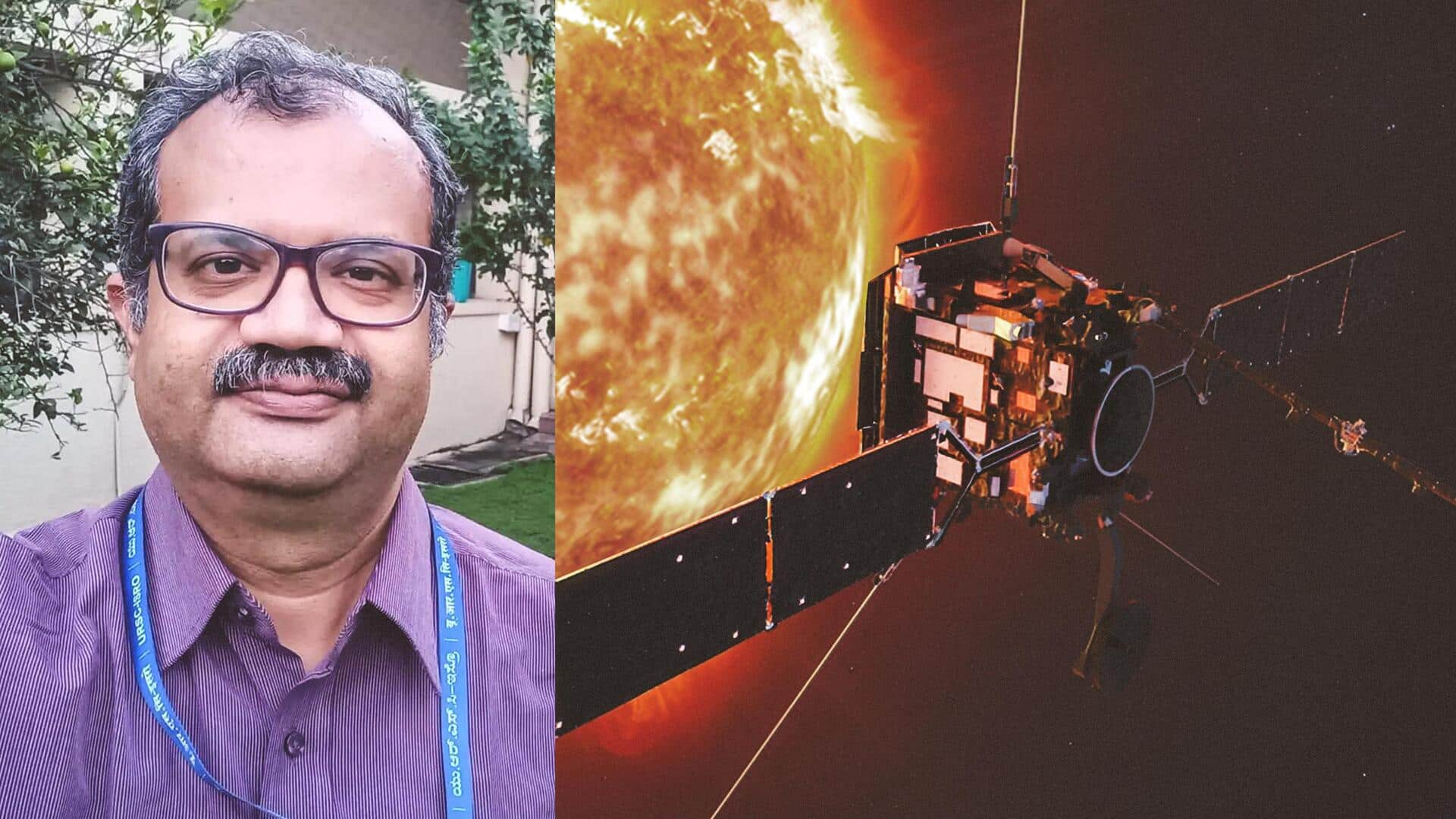
Key facts about ISRO scientist in charge of Aditya-L1 mission
What's the story
After Chandrayaan-3's successful lunar landing, the Indian Space Research Organisation (ISRO) launched its historic Aditya-L1, India's first space-based solar observatory, on Saturday to study the intricate details of the Sun. For this landmark mission, the ISRO chose Bengaluru's UR Rao Satellite Centre (URSC)'s seasoned solar researcher Dr. Sankarasubramanian K as the principal scientist for the Aditya-L1 mission. So here are some interesting facts you should know about Dr. Sankarasubramanian!
Details
All you need to know about Dr. Sankarasubramanian
Dr. Sankarasubramanian presently heads the URSC Space Astronomy Group and serves as the principal investigator on one of Aditya-L1's X-ray payloads. He has also played significant roles in missions such as Chandrayaan-1, Chandrayaan-2, and AstroSat. According to the ISRO's official website, he is also heading the Aditya-L1 Science Working Group, a team of researchers from different Indian research institutions engaged in solar science research.
Information
Dr. Sankarasubramanian's academic background
The prolific scientist earned his Ph.D. in Physics from Bangalore University (BU) through Bengaluru's Indian Institute of Astrophysics (IIA). It is also learned that his areas of research interest include topics such as optics, instrumentation, and the solar magnetic field.
What Next?
Know about Aditya-L1's cutting-edge technology
Launched on Saturday from the Satish Dhawan Space Centre, Aditya-L1 is equipped with state-of-the-art technology to study the photosphere, chromosphere, and corona of the Sun. Electromagnetic and particle detectors will be employed for this. It will take four months to reach the Sun and Earth's initial Lagrange point (L-1), from which it will be able to watch the Sun without being eclipsed. The mission seeks to unravel the Sun's properties and shed light on its dynamic processes.
Insights
Details of onboard payloads
As per NDTV, the mission's payloads include the Visible Emission Line Coronagraph (VELC), the High Energy L1 Orbiting X-ray Spectrometer (HEL1OS), the Solar Ultraviolet Imaging Telescope (SUIT), and the Solar Low Energy X-ray Spectrometer (SoLEXS). Furthermore, the Aditya Solar Wind Particle Experiment (ASPEX), Advanced Tri-axial High-Resolution Digital Magnetometer, and Plasma Analyzer Package for Aditya (PAPA) will be studying the fields and particles at the L1 point.